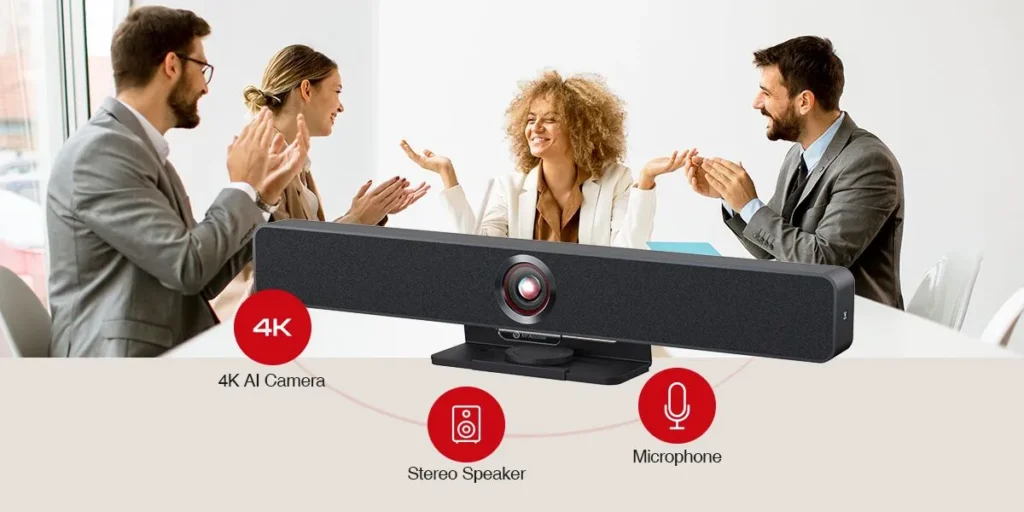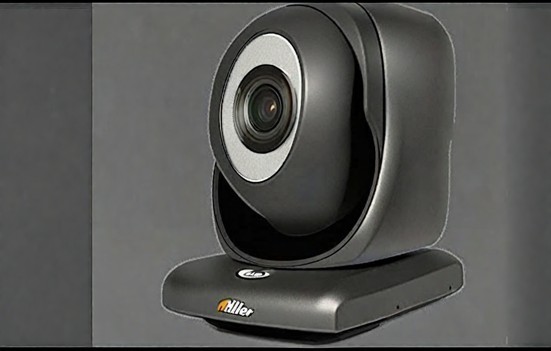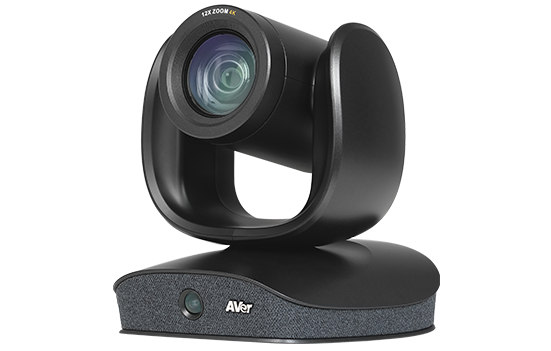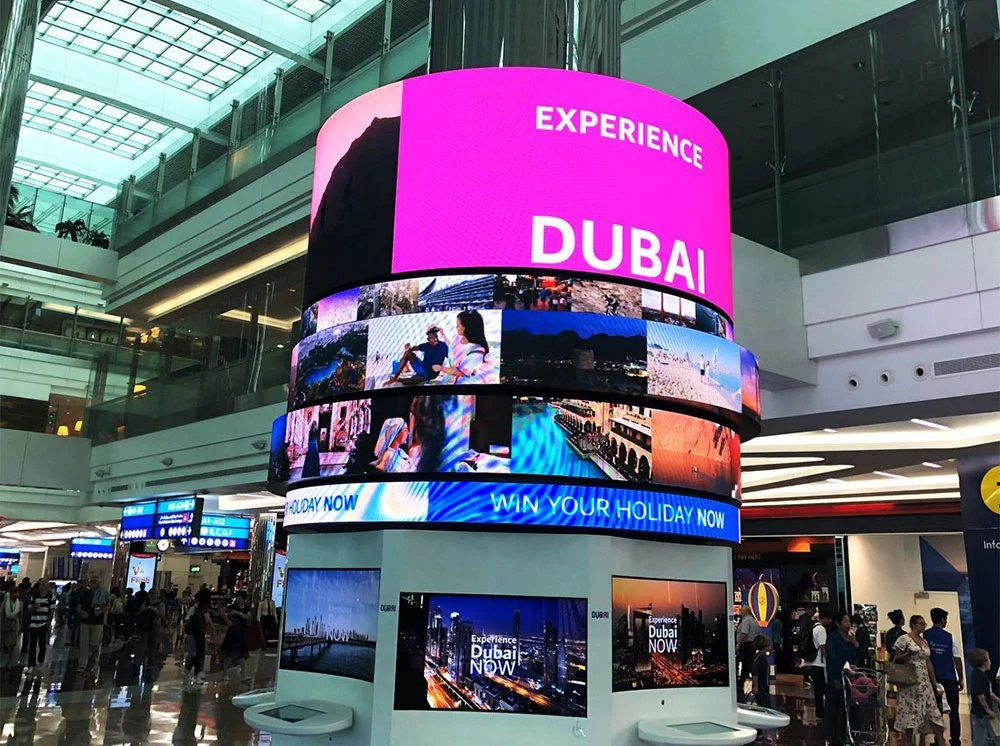Nowadays, AI technology has made remarkable advancements in its utilization and growth within the realm of ITAV (UC), particularly in video conferencing camera and remote teaching. Furthermore, its potential for further expansion and innovation remains vast and promising as we look towards the future.
In this article, we will briefly introduce some of AI achievements in terms of video applications and voice applications in video conferencing and remote teaching, as well as explain its future development.
Development of AI in Video Conferencing Camera

- Video Enhancement: Improve video quality through AI technology, including noise reduction, automatic white balance, automatic backlight compensation, etc.
- Automatic Tracking and Framing: This AI technology can be used to automatically track the movements and positions of participants to ensure they are always in the frame. The camera can be controlled to adjust its filed of view.
- Eye Contact: This AI technology can adjust the direction of human eyes to the camera so that they are facing the screen, which will give participants a more face-to-face meeting experience.
- Gesture Recognition: AI recognizes specific gestures captured in the camera images, and then triggers corresponding operations. In some special occasions, such as training, the teacher uses gestures to switch between different AI modes of the camera.
- Face Recognition: AI face recognition technology has been widely used in scenarios such as meeting sign-in, meeting nameplates, training sign-in, and training roll call.
- Video Content Analysis: In video conferencing, AI technology further analyzes video content, such as whiteboards, screen sharing or presentations, and provides better visualization and annotation capabilities.
- Virtual Backgrounds and Filters: Virtual background and filter technology allows users to customize the look of their videos. AI can be used to identify and apply virtual backgrounds in real time, and filters can be added to improve video quality.
- Multi-Camera Collaboration: A single camera lens or multi-camera lens captures the images of multiple participants and presents them on the screen at the same time to create a more friendly and immersive video conferencing experience. In teaching, multi-camera lenses can also provide richer teaching content.
For more information on this article please feel free to contact us
video conference dealers in delhi/ncr/conferencing for office
Innovate
Our Services Offered
AI Cameras
Our AI-powered cameras automatically track and frame participants, ensuring everyone stays in the frame.
Projectors
We are a leading supplier of projectors past 25 years.
LED Video Walls
We are a leading supplier of LED video walls, digital signage displays and more.
auto tracking/camera/price/brands/dealers in delhi/ncr
Benefits of AI Technology in Video Conferencing
AI Technology for Video Conferencing

AI-Powered Cameras
Stay in the frame with automatic tracking and framing, ensuring the focus is always on the speaker.

AI-Enhanced Video Quality
Professional and visually appealing video calls with noise reduction and color correction.

Gesture Recognition and Eye Contact Technology
Deliver your message more clearly and effectively with AI's gesture recognition and eye contact technology.

Face Recognition Technology
Secure sign-in and better participant management with AI's face recognition technology.



